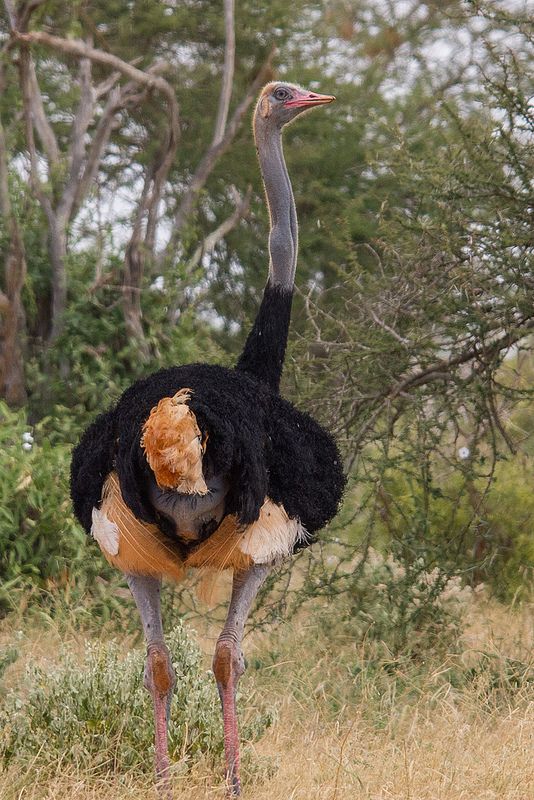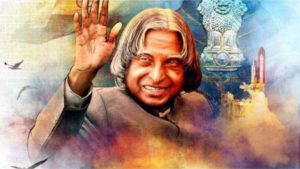We all know about the Seven Wonders of the World, but do you know that India also has its own seven wonders? Here, we will answer all your questions about the seven wonders of India.
Who made Nalanda University?

The Gupta emperor Kumargupta I in the 5th century constructed Bihar’s Nalanda University. This Buddhist monastery as well as a spiritual study institution was a famous learning centre from the 7th century AD to the 12th century AD. Furthermore, it is regarded as one of the world’s first teaching institutes or universities. Visitors and academics from all over the world gathered here at the time for the extremely structured teaching approach of Vedic study.
Scholars flocked from all over the world (including Central Asia, Tibet, Persia, as well as China) to study here. After being reconstructed by the Government of India, this site attracts history buffs and photographers.
Where is it located: It is fewer than 100 kilometres from Patna, the state capital of Bihar.
Best time to visit Nalanda University: Between October and March.
Famous tourist attractions in Nalanda University: Surya Mandir, The Great Stupa, Hiuen Tsang Memorial Hall, Nalanda Archaeological Museum as well as the Pavarika Mango Grove
How many of the 7 wonders of India are there in Karnataka?
Karnataka is home to two of the seven wonders of India. They are:
The Monuments of Hampi

This sprawling temple town is a popular tourist attraction in South India. Pampa Kshetra, Bhaskara Kshetra, as well as Kishkinda Kshetra are some other names for the temple town. The town is a gigantic collection of buildings and ruins dispersed across vast swaths of land and settlements. In fact, some of the structures date back to the early 13th century. You can walk around the village residences and look at over 100 structures in the region.
Popular for: The Purandara Festival, held yearly in January and February to honour the birthday festivities of Purander, a famous mediaeval poet as well as composer.
The best time to visit Hampi: Between October and March.
Famous tourist sites in Hampi: Virupaksha Temple, World Heritage Vittal temple, Elephant quarter or the Queen’s Bath, Kamalapuram Archaeological Museum, Underground Virupaksha temples and the Lotus Mahal within the Zenana Enclosure.
Statue of Gomateshwara

This huge figure, which stands 57 feet tall, is the tallest monolithic statue in India. Located in Shravanabelagola, Karnataka, the statue dates back to 983 AD and is devoted to Bahubali, the Jain God. The site is also popular for the Mahamastakabhisheka Festival (the Abhieka of the Jain images) which occurs every 12 years. During the festival, people pour milk, honey and eight different varieties of sandalwood pastes on top of the giant statue.
Best time to visit the Gomateshwara Statue: October to March
Prominent tourist sites in Gomateshwara Statue: The Mini Gomateshwara Statue, Parshwanatha Basadi, Odegal Basadi, Aregal Basadi, Bhandara Basadi, Chamundaraya Basadi, Kattale Basadi, Kambadahalli as well as Halebelagola.
How many other sites of worship are part of India’s seven wonders?
Orissa’s Konark Sun Temple

This Kalinga-style old temple, which dates back to the thirteenth century, is located in Odisha’s Konark coastline area. The stone marvel was built by King Narasimhadeva – I of the Ganga Dynasty. It contains carvings of women in different poses on the walls. In addition, a large edifice with three Sun God sculptures and seven horses hauling 12 wheels is also present on the site.
Konark literally translates to “Sun,” hence people call the temple the Sun Temple in the local dialect. It is famous for the Wheel in the Chariot, which is also utilised as a Sundial, predicting and calculating the time of day. The best time to visit the Konark Sun Temple is between November and February.
Amritsar’s Golden Temple

The iconic Golden Temple, also known as the Sri Harmandir Sahib, in Amritsar, Punjab, houses the “Throne of the Timeless One”. It is well-known for its golden domes and gold-covered top levels. Furthermore, it is built on a man-made body of water and looks fantastic when illuminated. The temple is famous for the Guru ka Langar, where volunteers feed 35000 people for free. Other attractions include the Central Sikh Museum at the entry, which displays photos and memoirs, as well as Palki Sahib, a Holy Book adoration rite held every night.
What are the Monuments of Khajuraho?

One of the seven wonders of India, the Monument of Khajuraho is a group of structures comprising Hindu and Jain temples. These monuments were built during the Chandela Dynasty in Nagara architectural style between 950 and 1050 CE. However, according to documents from the twelfth century, there were 85 buildings, of which only 20 are still standing.
In fact, this set of monuments is well-known across the globe for its sexual sculptures and is located in the district of Chattarpur in the state of Madhya Pradesh. Certainly, the site is popular for classical music as well as images of the Chandela Dynasty exhibited in the sound and lights show, conducted against the backdrop of Khajuraho temples. Other attractions around the monuments include Ken Ghariyan Sanctuary, Beni Sagar Damm, Tiger Reserve in Panna National Park as well as the Adivrat Tribal And Folk Art Museum.
Which of the seven wonders of the world is also a wonder of India?

The Taj Mahal, one of the seven wonders of the world and of India, is an ivory-white marble building, that depicts Emperor Shah Jehan’s devotion for his adored third wife, Mumtaz Mahal. This gigantic building, containing marble stone and other valuable stones, gardens, and so on, took almost two decades, 20,000 brilliant workers, and a lot of money to finish. Moreover, something to note is that the Taj Mahal’s colours fluctuate throughout the day as the light of the sun shifts from morning to dusk, hence people visit the monument for the sunrise view, sunset view as well as full moon view. The best time to see the Taj Mahal is from October to March.
Head to the Podium Blog to read about more such insightful topics.
Share with your friends





